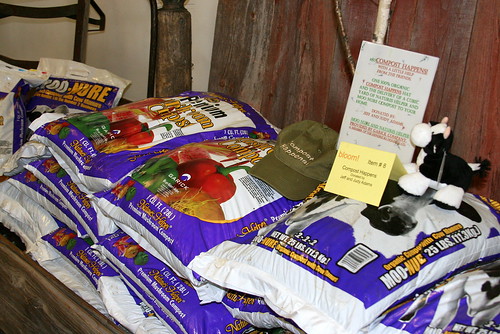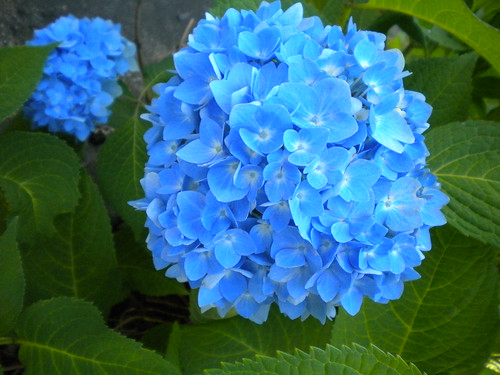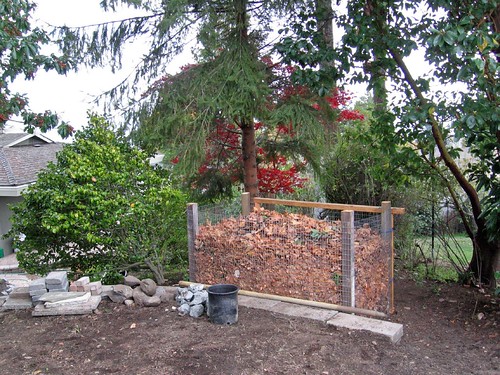When it comes to taking care of plants, whether they are located outdoors or indoors, there are certain issues that may occur. Some of them can often appear a bit hard to explain and make their owners wonder where the problem has come from.
Yellowing of leaves is a tricky issue which brings many questions and often leaves a gardener frustrated. The leaves of both indoor and outdoor plants are prone to turning yellow in some cases, which is a process that might be difficult to explain sometimes.
This is the right time to say that there are plants, which are especially hybridized to have yellow leaves. It is important for you to know that this is not a problem with the plant, so it does not require any treatment or protection. Such leaves normally turn yellow and do not come as a sign of a sickness, so they don’t need any special care or attention.
Still, if your plants are not from the species that are intentionally hybridised for having yellow leaves, then you probably have an issue here.
There are several reasons for the issue of yellowing of leaves when they should be a healthy green that every gardener has to be aware of in order to prevent their plants from turning yellow. Or, in case the leaves of a plant have already started to get yellow, it is necessary to take the correct measures as soon as possible in order to prevent the whole plant from dying.
Here is more useful information about what causes the problem and professional tips on how to treat your plants properly, so that they recover quickly. The professional garden care from HomeMates guarantees that proper treatment of this common problem. Continue reading “Yellow Leaves: Prevention, Causes And Treatment”









